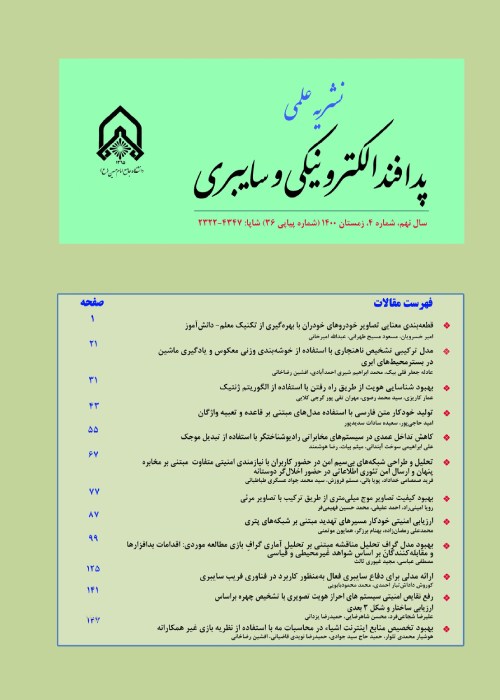Information Theoretic Secret Key Agreement Based on Localization
Sharing secret key is an essential prerequisite of symmetric key cryptography and one way to share the key, is to agree on a secret key. In this research, we consider a source model for information theoretic secret key agreement based on the distance among the nodes. Secret key agreement based on information theory, unlike computational models, guarantees full information secrecy so that eavesdroppers receive no efficient information. The model is a basic system consisting of two legitimate users and an eavesdropper. The legitimate nodes try to agree on a reliable and secure key based on their (noisy) observation of the distance between them. The eavesdropper observes the distance, too. Since the distance between the nodes is under control of none of them, the model for secret key agreement is a source model. First, we model the distance estimation by the nodes to study the performance of the system (secret key capacity bounds). Error of distance estimation is modeled by a gaussian process with zero mean and a variance equal to the Cramer-Rao bound. Then we propose two methods to enhance system utility: artificial noise forwarding (ANF) and multi-antenna transmission (transmission in different beam directions). In the first method artificial noise is used to worsen eavesdropper's distance estimation and in the second method beacon signals are sent in different directions and the virtual distances, that is equal to total distances the beacon signal has traveled, in different beam directions are used as the randomness sources. We show that if the eavesdropper is not equipped with a multi-directional antenna, then artificial noise forwarding is a useful method while in the case of users equipped with multi-directional antenna, artificial noise forwarding leaks more information to the eavesdropper and transmitting in different directions is a suitable way to increase the secret key rate, since the eavesdropper gains little information about virtual distances and most of the observations of the legitimate nodes and the eavesdropper are independent.
- حق عضویت دریافتی صرف حمایت از نشریات عضو و نگهداری، تکمیل و توسعه مگیران میشود.
- پرداخت حق اشتراک و دانلود مقالات اجازه بازنشر آن در سایر رسانههای چاپی و دیجیتال را به کاربر نمیدهد.



